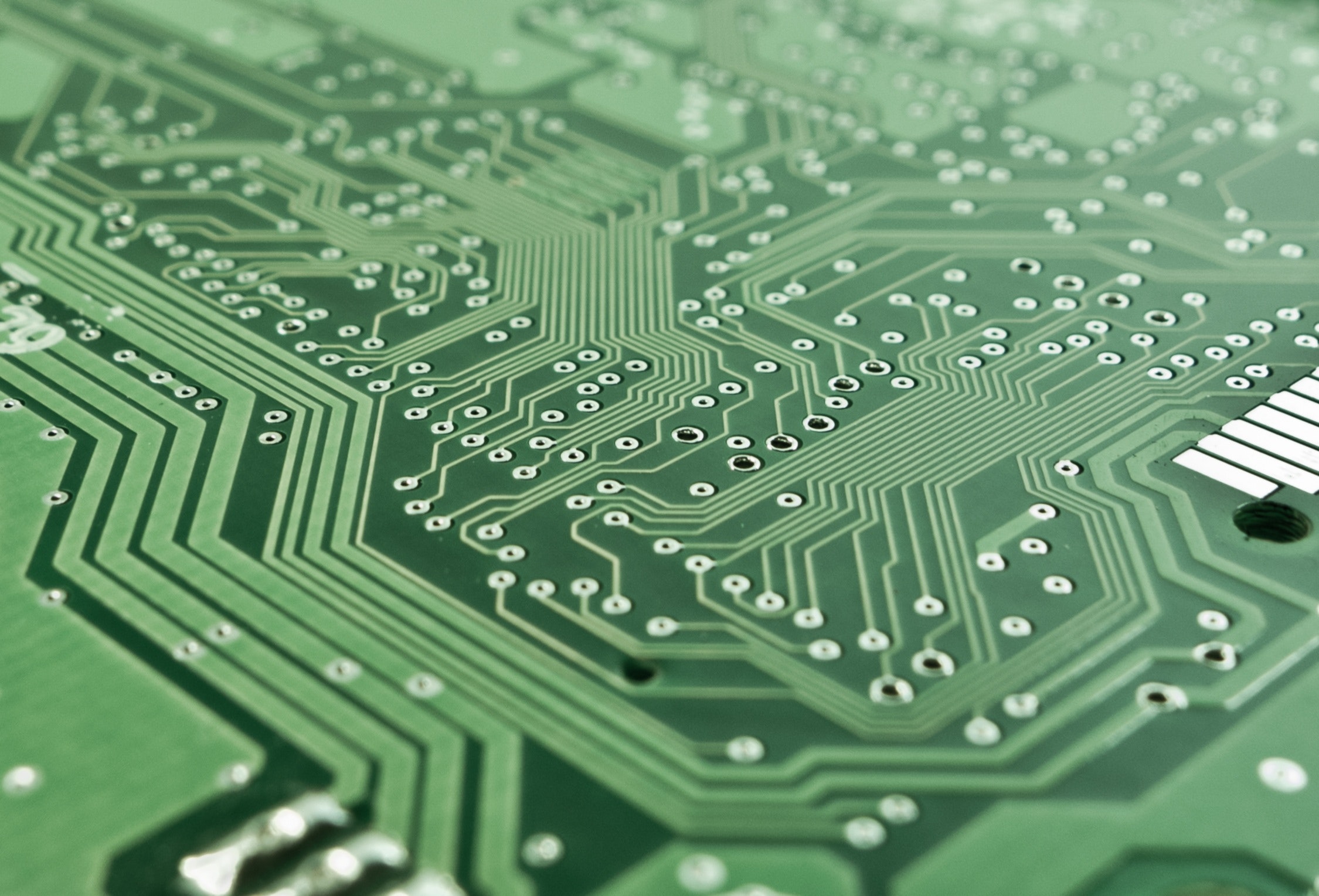Big Countries Are Making Big Moves to Secure a Homemade Supply of Microchips
Far from the here and now.

It’s not every day you see the U.S. Congress playing three-dimensional chess. But that’s a good way to think about the $280-billion CHIPS and Science Act: the latest move in a contest that is highly strategic, deeply considered, and focused on an end-game far from the here and now.
The official title makes things clear enough: the Creating Helpful Incentives to Produce Semiconductors for America Act aims to resuscitate the country’s microchip manufacturing industry, offering incentives and subsidies to encourage companies to move their foundries back home. In addition to the jobs they create, such incentives result in a knock-on effect as high-tech knowledge and manufacturing know-how spawns new avenues of research, a new generation of high-tech startups, and even more jobs.
But in addition to these usual goals, the act also reflects a larger understanding of the world we live in. In the years ahead, it will not be oil or uranium that is considered the most valuable commodity on the planet but the microchip. When every computer, every smartphone, every halfway-complicated machine in the country relies on these tiny silicon brains, moving the supply away from choked-up supply chains and foreign-owned monopolies takes on a broader strategic importance.
And it’s not just the United States that has suddenly realized it. Governments in Japan, South Korea, the European Union, and even Canada have taken steps to “onshore” their production of microchips. Call it a sign of a new technological order in which the world is being divided into two increasingly competitive high-tech camps: the Western allies on one side; China, Russia, and a handful of client states on the other. As each bloc manoeuvres its pieces around the board to secure, protect, and sometimes outright steal access to a variety of rare earth elements, manufacturing capabilities, and trade secrets used in the production of ever-more-complicated artificial intelligence, the stakes become higher, the strategy deeper, and the competition fiercer.
Already, it looks like the next cold war will not be fought over territory or class ideology or even the gold medal count at the Olympics but technology itself—or more accurately, the technology behind the technology. In this respect, CHIPS could be considered the most important investments the U.S. has ever seen. Or depending on how heated the Great Game gets in the South China Sea, one of its most important insurance policies.




